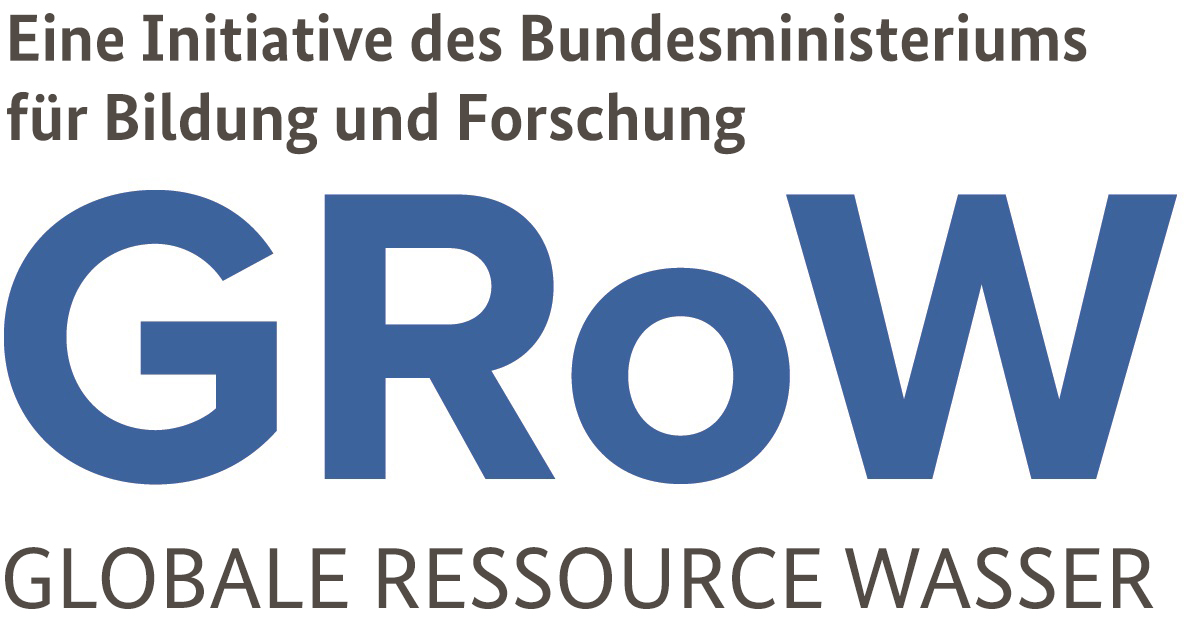The GRoW project “GlobeDrought” investigates drought conditions in Western Cape, South Africa
| Date |
Date
|
The threat of “Day zero”, when taps in the city would run dry in the Western Cape of South Africa, clearly shows the necessity for sustaibable water management.. Even though “day zero” was averted just in time the region remains in a critical situation.
During this time of major drought, the project team of GlobeDrought acquired data from satellites and field sources which showed the severity of water shortage in this region caused by three years of an ongoing drought. At the time of research, natural water resources were left at its minimum. Water sources of major importance in the Western Cape region, such as the Theewaterskloof Dam, contained only 10.9% of its maximum capacity. The South African Government reacted with water restrictions. Just before “Day Zero” had reached, rain solved the problem for the time being. However long-term solutions need to be developed and put into practice.
The Team of GlobeDrought aims to develop a global web-based information system to forecast critical water stress situations at early stages by combining different data sources for water balance into one coherent system.
Within the GroW Initiative further projects - iWaGSS, go-Cam, STEER and WELLE- contribute to developing strategies and tool for sustainable integrated water resource management and adaptation in South Africa. To find out more, visit the Project sites.
To read more about thethe findings of GlobeDrought, please read the small a status quo report, which shortly summarizes their findings of drought conditions in the West Cape.
